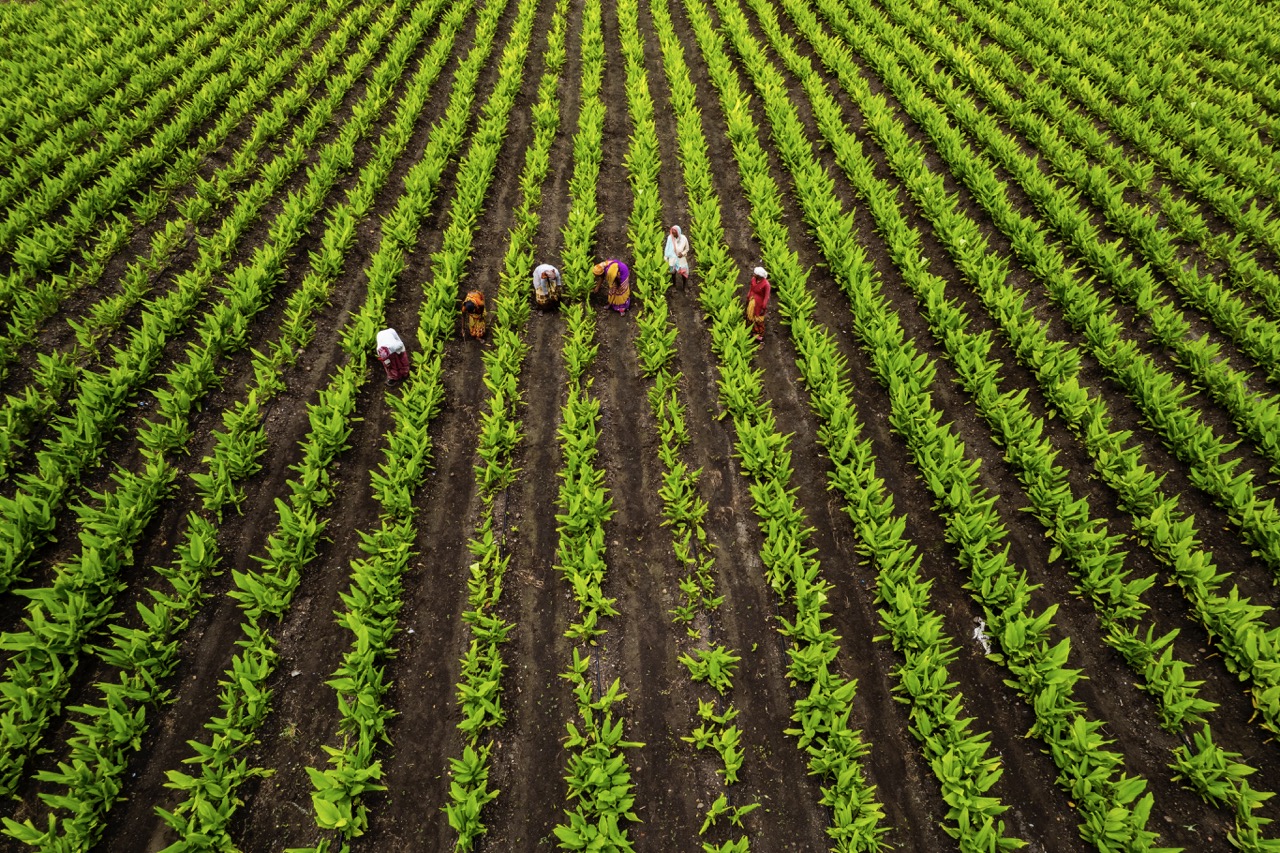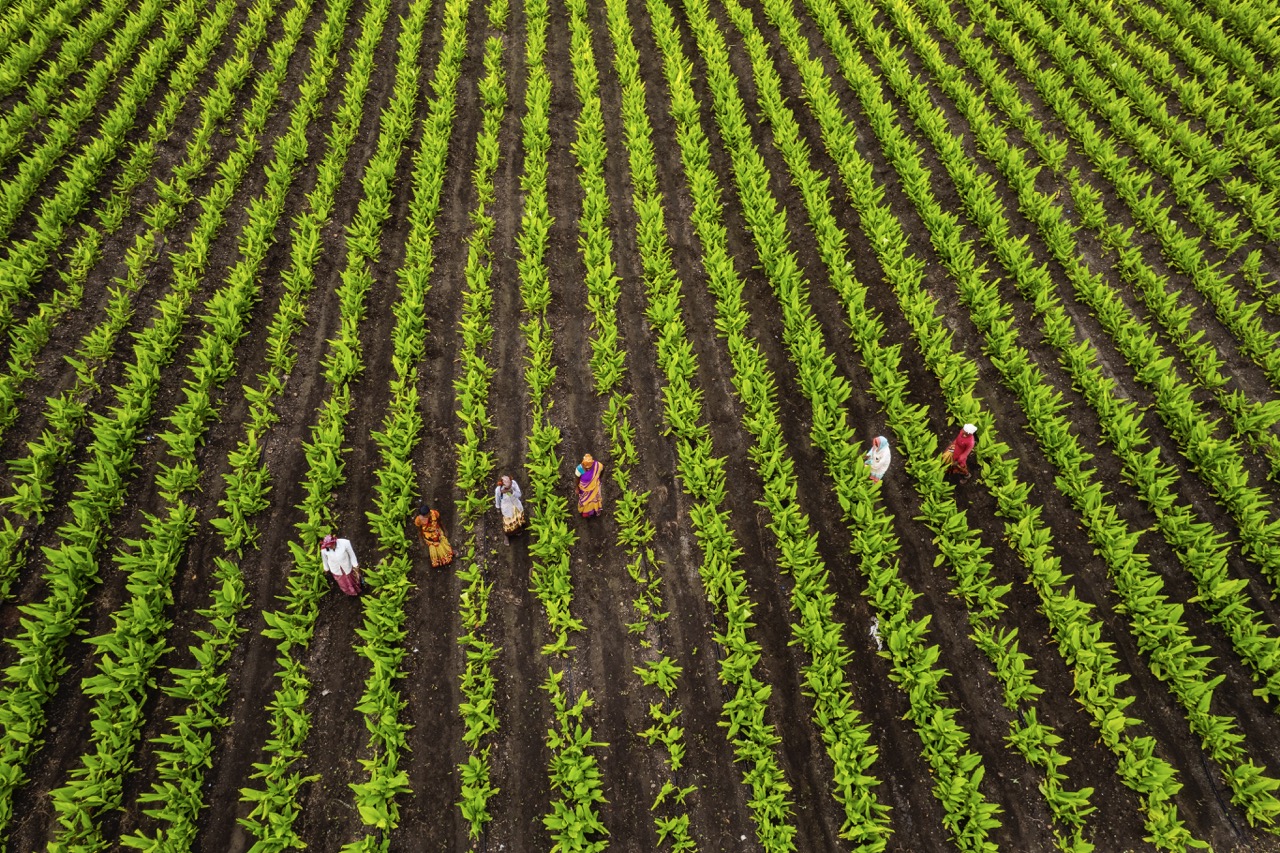As the agricultural landscape continues to evolve, new farmers are increasingly seeking innovative methods to establish their farms and generate income. One of the most promising approaches is crop sharing, a practice that allows farmers to collaborate and share resources, risks, and rewards. This article aims to guide novice farmers through the essential aspects of crop sharing, including its benefits, key steps to initiate such arrangements, and strategies to overcome potential challenges.
Understanding the Basics of Crop Sharing for New Farmers
Crop sharing, often referred to as sharecropping, is a farming arrangement where landowners and farmers come together to grow crops. Typically, this collaboration involves an agreement where the farmer cultivates the land in exchange for a portion of the crop yield, while the landowner provides the land, equipment, and sometimes additional resources. This model allows new farmers to enter the agricultural sector without the substantial financial burden of purchasing land outright.
For new farmers, understanding the specific terms of a crop-sharing agreement is essential. The arrangement can vary widely; some contracts may stipulate a 50-50 split of the yield, while others might involve different percentages based on contributions or initial investments. It is vital for novice farmers to clarify these terms upfront to ensure a mutually beneficial partnership. Additionally, comprehending local laws and regulations regarding sharecropping can help avoid future disputes and promote a healthy working relationship.
In crop sharing, trust and communication are paramount. New farmers should focus on building strong relationships not just with landowners but also with other stakeholders, including suppliers and local agricultural organizations. Engaging with the community can provide insights into the best practices for crop sharing, while also fostering a support network that can be invaluable in navigating the complexities of farming.
Benefits of Crop Sharing: Why It’s Worth Considering
One of the most significant advantages of crop sharing for new farmers is the reduced financial risk. By partnering with landowners, farmers can bypass the substantial costs associated with land acquisition and maintenance, enabling them to allocate their resources toward crop production and other essential expenses. This arrangement creates a pathway for new entrants to gain practical experience without the overwhelming pressure of large financial investments.
Another benefit is the opportunity for knowledge exchange. Experienced landowners often have valuable insights into local farming practices, soil conditions, and crop management techniques. New farmers can leverage this knowledge to improve their farming skills and make informed decisions that enhance productivity. The collaborative nature of crop sharing allows both parties to learn from one another, creating a learning environment that is particularly beneficial for novices.
Crop sharing also offers flexibility in terms of crop selection and production techniques. New farmers can experiment with different crops and farming methods without the constraints usually faced by full owners. This ability to adapt and innovate can lead to more sustainable farming practices and a diversified income stream. Additionally, successful crop-sharing arrangements can build credibility, opening doors for future opportunities and partnerships within the agricultural community.
Key Steps to Initiate Successful Crop Sharing Arrangements
To successfully initiate a crop-sharing arrangement, new farmers should begin by identifying potential landowners and understanding their needs and expectations. Building a rapport with local landowners through networking events or agricultural fairs can help establish trust and facilitate discussions about shared farming opportunities. New farmers should prepare to articulate their farming vision, showcasing their commitment to responsible land stewardship and sustainable practices.
Once a potential partnership is identified, it is essential to draft a clear and comprehensive agreement that outlines each party’s roles, responsibilities, and entitlements. This document should cover aspects such as crop management, profit sharing, maintenance of the land, and conflict resolution procedures. Both parties should consider consulting with legal and agricultural professionals to ensure that the agreement complies with local laws and adequately protects their interests.
Finally, new farmers should remain proactive in maintaining open lines of communication throughout the growing season. Regular discussions about crop progress, challenges faced, and shared goals can help prevent misunderstandings and foster a collaborative spirit. By approaching the partnership with a mindset of teamwork and mutual respect, new farmers can lay the groundwork for a successful and enduring crop-sharing arrangement.
Overcoming Challenges in Crop Sharing as a Novice Farmer
While crop sharing offers many advantages, new farmers may encounter specific challenges that require careful navigation. One common issue is the potential for misaligned expectations between farmers and landowners regarding the care and management of the land. Clear communication and regular check-ins are essential to ensure that both parties are on the same page, reducing the likelihood of conflicts that can jeopardize the arrangement.
Another challenge may arise from market fluctuations and unpredictable weather conditions that can impact crop yields. New farmers should be prepared for the possibility of reduced income if external factors affect production. Developing contingency plans, such as crop insurance or diversifying crops, can help mitigate these risks. Additionally, keeping abreast of market trends and aligning crop choices with consumer demand can enhance profitability and sustainability.
Finally, new farmers must be prepared for the emotional and physical demands of farming. Crop sharing might not shield them from the hard work and dedication necessary for successful agriculture. Building a support system, whether through mentorship, local farming communities, or online forums, can provide new farmers with the encouragement and resources they need to persevere through tough times. Adopting a resilient mindset and seeking continual improvement can empower new farmers to thrive within the crop-sharing model.
Crop sharing presents an exciting avenue for new farmers looking to enter the agricultural sector with reduced financial risk and enhanced learning opportunities. By understanding the basics of crop sharing, recognizing its benefits, following key steps to establish partnerships, and preparing to face challenges head-on, novice farmers can set themselves up for success. As they embark on this journey, the collaborative spirit inherent in crop sharing will not only enrich their farming experience but also foster a sense of community in the agriculture landscape.










